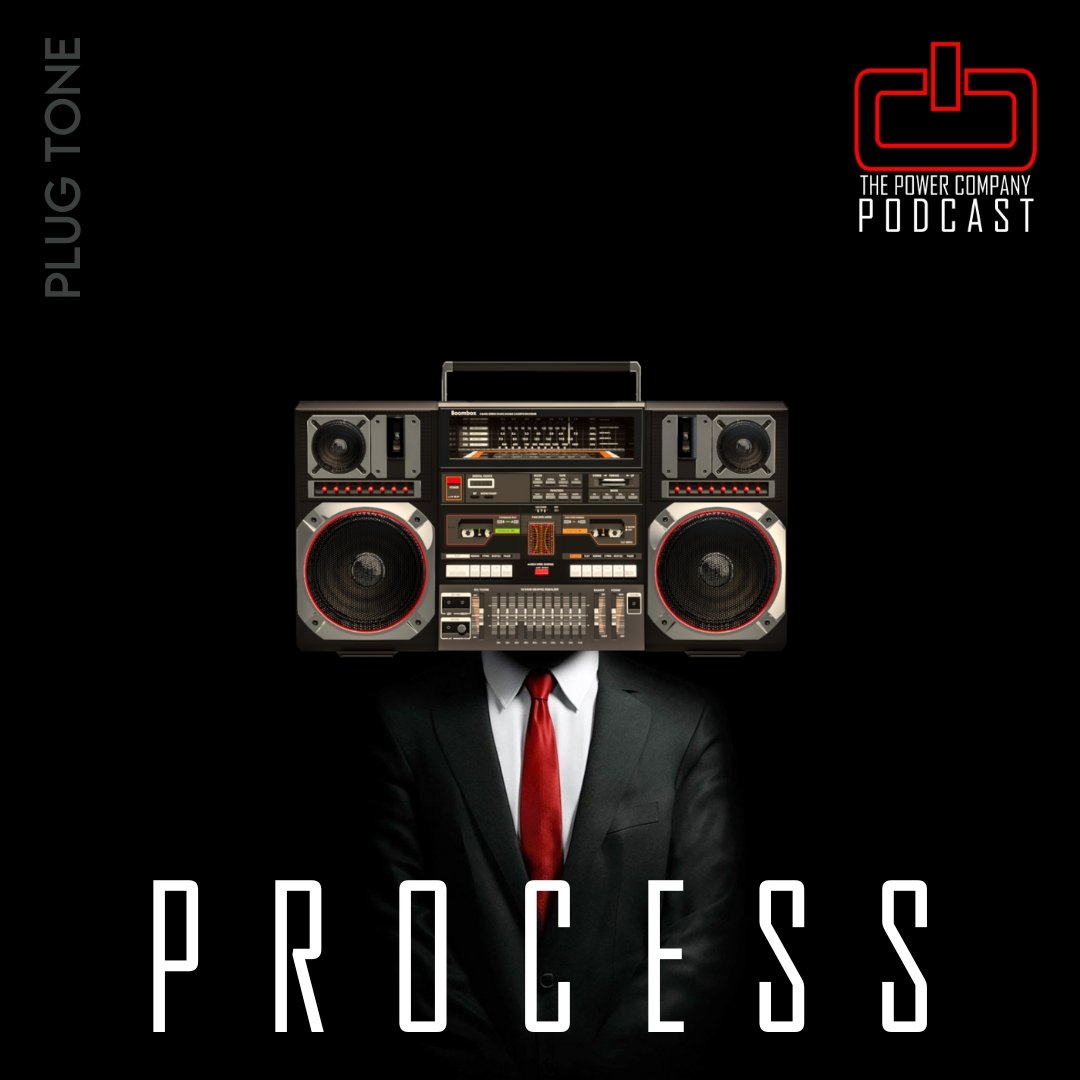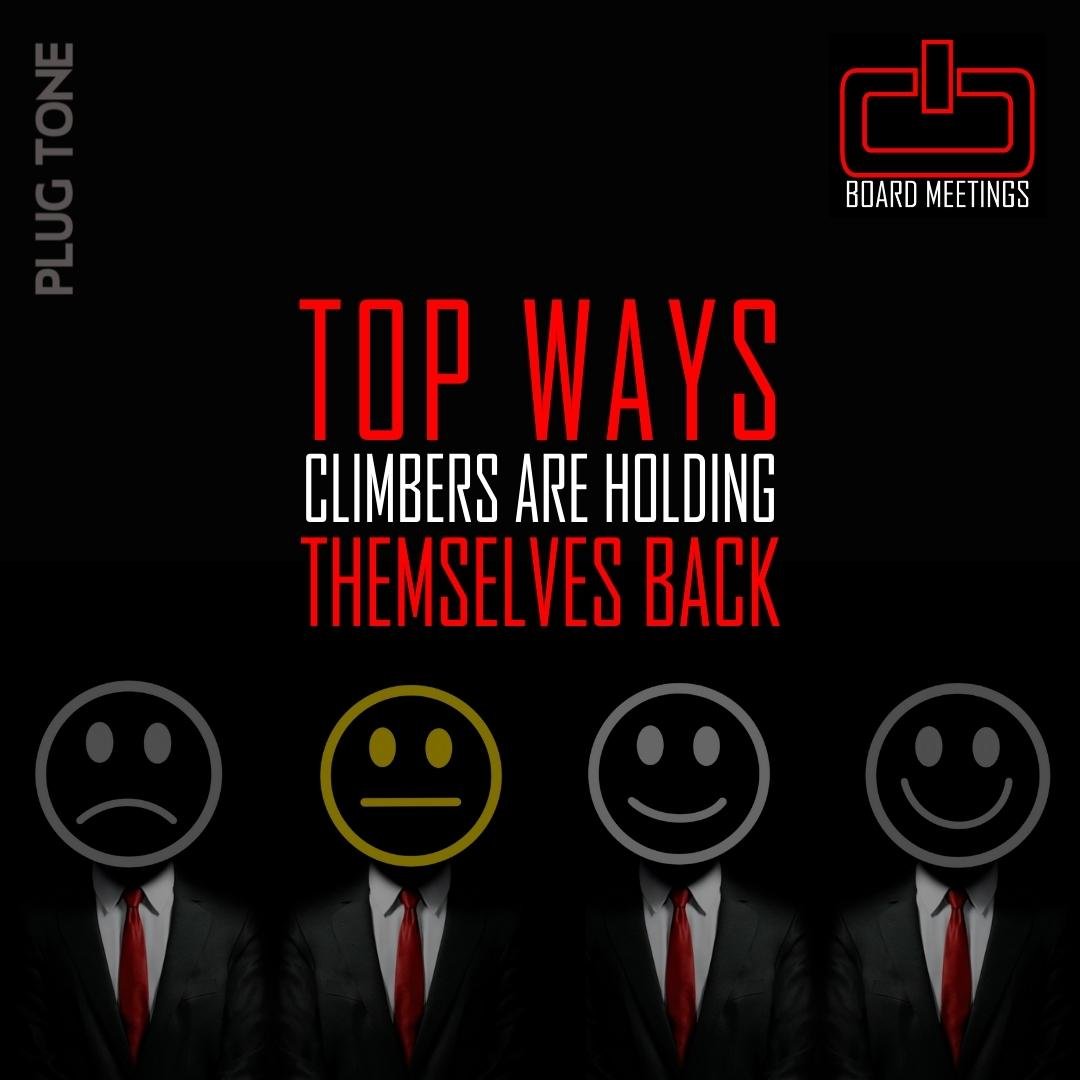ATTACKtics: Projecting, Part I: Picking The Project

Most climbers, at some point, will wonder how hard they actually could climb if they put the time in to try it. I don't mean that they'll train for years and make the sacrifices necessary to reach their true potential, just that they'll wonder how hard they could climb right now, if they tried a route more than 2 or 3 times.
For those that have never undertaken a project, it can be intimidating just to decide on the right route. It's easy to get in over your head, and even easier to not shoot high enough. There are a couple of questions you can ask yourself to help make this decision.
#1: Style or Anti-style?
Do you want a project that challenges your weaknesses, or one that suits your strengths? Most of us have an anti-style, and it's extremely gratifying to complete a route at a difficult level that exploits those chinks in your armor. On the flip side, maybe you're looking to redpoint a personal best. Projecting something hard that suits your style is a great way to end the speculation and find out exactly where you stand.
#2. Short or Long Term?
What are you willing to invest? Mini-projects (3-5 sessions or so) are my favorite way to build momentum going into a climbing season, and carry the least investment. Once this becomes the norm, it isn't uncommon to have multiple mini-projects going at one time. Long-term projects, on the other hand, require a much larger down payment; you might just spend an entire season, or two, or three, and still not have the send to show for it. With the bigger investment comes a bigger payoff; clipping the chains on the hardest route you've ever done is one of the best feelings in rock climbing, and will last all of about 30 seconds before you'll be planning your next long-term project.
Of the two questions, you have four possible answers. Let's look at those a little more in depth:
#1: Your Style, Short-Term Project
This one is easy, and the best intro to the potential frustrations of projecting. A good place to start looking is at about two letter grades above your hardest onsight. If you are a horrible onsight climber, go for three letter grades up. If you haven't projected before, this could potentially still be a personal best, but don't be intimidated - you'll quickly learn that after 5 or 6 attempts the moves start to feel much easier.
#2: Your Style, Long-Term Project
If you're looking to really dig in, spend a season or more working largely on one route, and can be ok with repeated failure, then this is for you. Don't be afraid to shoot for a full number grade over your most difficult onsight. If you believe yourself to be an uncommonly good onsight climber, maybe only go three letter grades up. It's likely that much of the climbing on the new project will be at your onsight level, with a few cruxes sprinkled in. Only spend up to 2/3 of your climbing days focused on the project. Be sure to take some days off to get some quick sends in on other styles, or you risk stagnating on everything except your project.
#3: Your Anti-Style, Short-Term Project
For me, this is the most valuable style of project. What you shoot for largely depends on how "anti" it really is. For instance, I've done 13b second try when it's in my wheelhouse, but my current mini-project is 13b. The catch is that it's only slightly overhanging, bouldery, and has two moves that are at the absolute limit of my reach, (I actually measured), followed by several more big throws. Not my style, but so damned good I can't help but want to do it. I generally shoot for two letter grades over what I could do 2nd go in a similar style. This is my preferred method of building momentum for the season, particularly because the training season focuses somewhat on the weaknesses that this style exploits.
#4: Your Anti-Style, Long-Term Project
Probably the least common type of "mega-proj", simply because the frustration is hard to accept. By definition, you're going to have to aim three or four letter grades over your best onsight of the style. Tread carefully, as you're walking a thin line. On one side of this line lies the gains you can make from strengthening a weak link. On the other side is the fact that too much time spent on weaknesses means that you'll be slipping backwards in the things you're good at. Again, be sure to spend maybe 1/3 of your climbing time on other routes. It'll keep you strong all around, rather than just for this project.
Buckling down and spending several weeks on one line can be scary, particularly if you are a weekend warrior and have limited time outside. However, the process can become rather enjoyable, and can reveal a little more about you as a climber. And if you decide that you despise projecting, you can always go back to your old ways.
Do you want to just finish the season having done 40 5.11's instead of the 32 you did last year? Are you even really progressing if that's your method of measurement? Maybe it's time to step up your game, pick a project, and get to work.










You've made the tough decision to commit. Now, to help you break this thing down to an inevitable send.